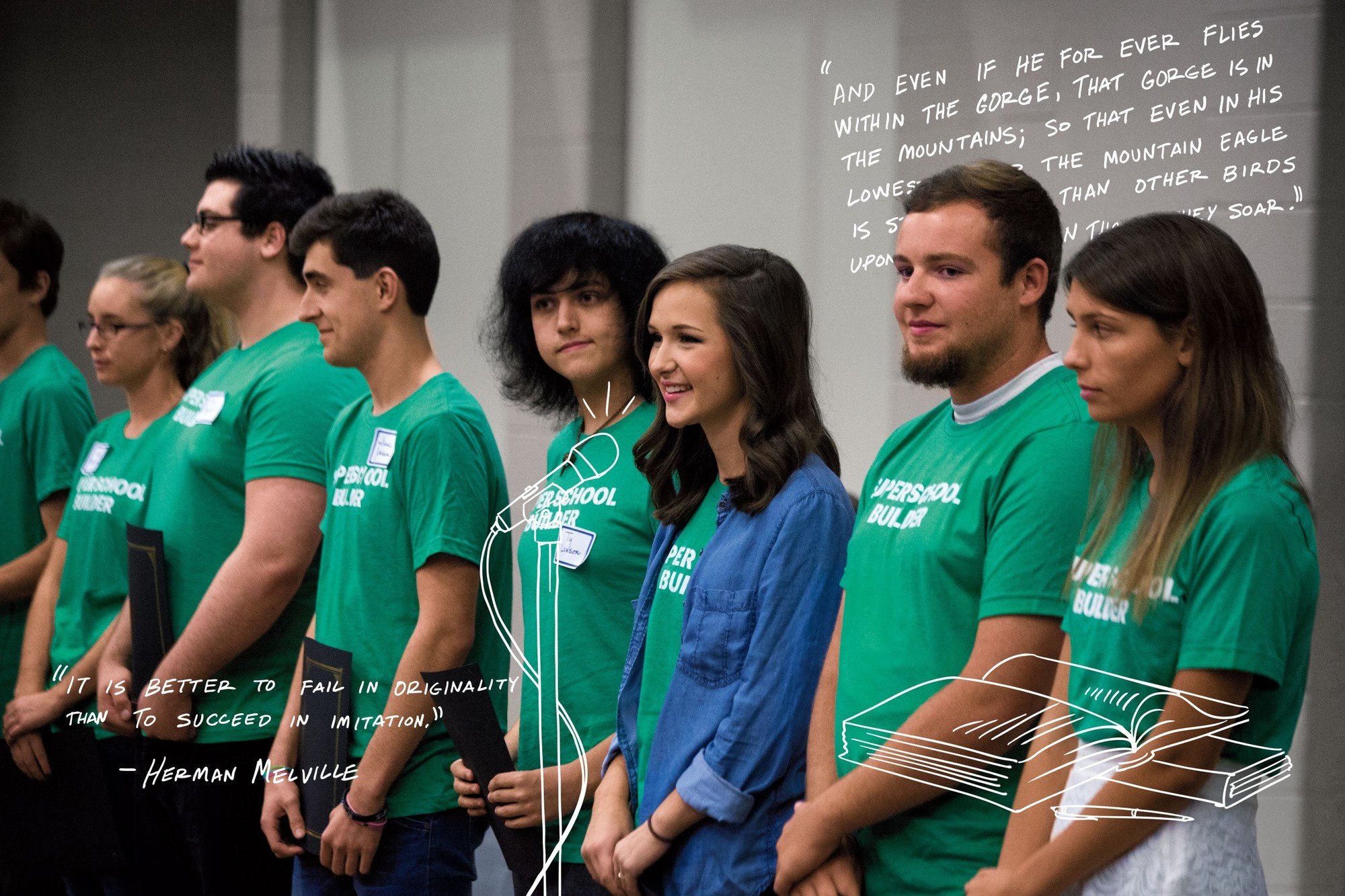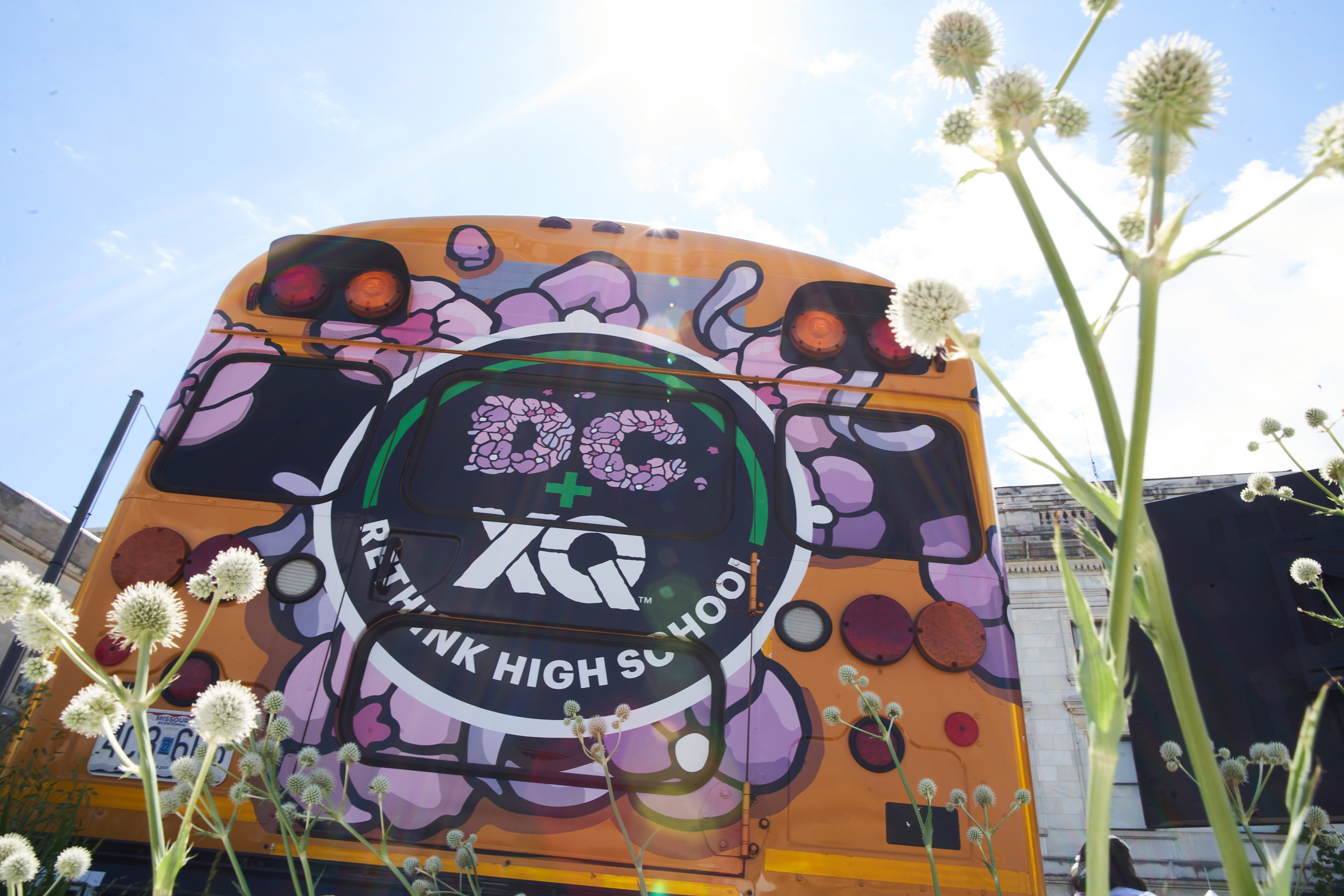What Happens When Students Decide How They Learn?
Giving students a voice in their education empowers them to do great things. But there's more than one path to giving students agency. Here are how several schools around the country empower young people.

Students at Tennessee’s Elizabethton High School had goals to redesign their school. So, they entered into a competition called XQ: The Super School Project as part of a class project, learned about the history of public education in the United States, and designed a school that would carry them into the future.
They named it The Bartleby School (an homage to Melville’s Bartleby the Scrivener), a place that would subvert the status quo by challenging what was asked of students and giving them the scope to develop their own assignments.
Now, with an XQ award in recognition of student leadership, Elizabethton High School has seen what it’s like to foster a learning environment in which students can exercise their voices. Through the process of designing their ideal school, students had a chance to ask for age-mixing in classes, practice leadership as student school board members, and get involved in community organizing improvement plans.
“How to Solve Problems in Different Way”
Senior Cory Fitzsimmons became the first student liaison to work with the Elizabethton City School Board, which taught him how to actively engage in decision-making and leadership. Fellow student Eliana Rangle says that working on the competition and electing Cory gave her an opportunity to learn “about working with other people and how to solve problems in different ways and not just look at it from one point of view.”
In participating in the school design process, students at Elizabethton had a chance to exercise their critical thinking skills and work with community members. Bartleby advisor Dustin Hensley says: “I want students to have the freedom to express themselves. I want them to have a different outlet than they’re used to.
Ensuring Student Voices are Heard
Imagine if all schools were built with student voices and thoughts in mind
Students who know their opinions matters and their voices are respected are more likely to engage actively in their school and community. When students’ voices aren’t heard, we’re more likely to see disengagement, lower graduation rates, and teachers teaching for students to pass tests rather than truly learn. By entering the school design competition, Elizabethton students saw the power of their agency and all the possibilities that could come with challenging school norms.
Challenge-Based Learning, Real-World Issues
At XQ Super School Vista High near San Diego, California, students are engaged in using challenge-based learning to tackle issues that directly affect their lives. With a curriculum intended to be co-created by students and teachers, Vista hopes to prepare students to solve today’s global problems so that they can become change agents for tomorrow.
Through a Professional Learning Portal (PLP) online system, students at the planned XQ Super School Summit Shasta will choose and help design projects, then actively communicate with teachers about how to improve or enhance the work they produce. Students will also provide feedback to teachers, so that the school can make improvements.
The Boston Student Advisory Council plans to transform school culture through not only giving input about the curriculum, but also school policy. With passions in climate change and restorative justice, the BSAC has advised the school community on the value of installing solar panels and reducing reliance on fossil fuels; they have also created a mobile app so that students and faculty can get on the same page about student rights and codes of conduct. By actively sharing their opinions with the School Committee and Superintendent, they are transforming policy in transit justice, education equity, social-emotional learning, extended learning opportunities, and action civics.
Making Effective Change Happen
As students voice their own opinions and actively participate in their learning, they are seeing that they can make effective change.
This improves their sense of what psychologist Alfred Bandura coined as “self-efficacy,” or the extent to which they believe that they can accomplish their goals.
How to Get Your Students Involved
Would you like to help students develop a sense of self-efficacy through strengthening their own voices?
- Create a survey collecting students’ opinions about their schools, like this Student Voice Rubric from the Student Voice Collaborative in New York City.
- Facilitate focus groups with student participation about issues that they care about, using Regional Educational Library’s guides.
- Create curriculum with students.
- Have students engage in school board meetings through a student advisory council.
The voice of the future is the collective voice of students speaking up right now. Rethinking the way we incorporate student voices into education is one way to improve the way they’re taught, as well as strengthen their engagement with learning. Empowering them with self-efficacy will drive them towards serving the community as a whole.









